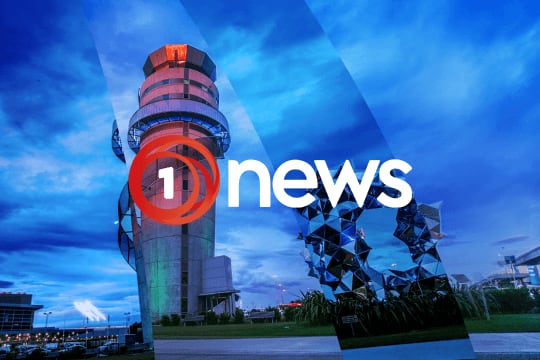Ever nodded your head along when you listen to people discussing the OCR but not really understood what it means or what it does? Then this is the guide for you.
Every time the OCR is reviewed, it makes national headlines – and rightly so. The OCR impacts a lot of things in our day-to-day lives.
But what even is the OCR? What is it used for? And how does it affect you, even if you’re not a homeowner?
Well, let’s find out.
What is the OCR?
The OCR stands for the official cash rate.
Okay. What is the official cash rate?
The official cash rate is a wholesale interest rate set by the Reserve Bank.
The retail banks, like ANZ, ASB or Westpac, all hold accounts with the Reserve Bank.
The official cash rate is the interest rate they earn on money held in those accounts and the interest rate they pay when they borrow funds to conduct their business.
So, adjusting the official cash rate affects the operating costs for those retail banks – when the OCR rises, it makes it more expensive for them to borrow money.
What does this mean for the banks’ customers?
Like any business, changes in costs are usually passed on to customers. This is why when the OCR rises, the interest rates that banks offer on things like mortgages usually follow suit.
Conversely, if the Reserve Bank cuts the OCR, banks will usually lower their interest rates.
Banks have other costs that come with running a business and need to turn a profit, which is why they charge their customers a margin on top of the wholesale interest rate. This is why your mortgage rate is always higher than the OCR.
I don’t have a mortgage. Why should I care?
For a start, if you’re living in a rental, your landlord may raise your rent to cover their higher mortgage costs.
But the OCR also affects much more than home loan interest rates.
Changes in the OCR can impact the interest rate on things like personal loans, credit cards, and business lending, too.
A change in the OCR also impacts people with savings accounts or term deposits. If the OCR rises, people could get a better return on these and vice versa.
The Reserve Bank also uses the OCR as its main tool for controlling inflation.
Oh no, not inflation. How does that work again?

Inflation is the increase in the price of goods and services over time.
The Reserve Bank aims to keep annual inflation rates between 1 and 3%. So, in theory, something that you bought for $100 one year should cost around $101 to $103 the next year.
But inflation rates have been much higher than that in recent years, which is why the Reserve Bank has been raising the OCR over that time.
How does the OCR affect inflation?
Inflation can be caused by a few things, including too much money chasing too few goods and services. This can push up prices.
By increasing the OCR, the Reserve Bank makes borrowing money more expensive and makes saving money look attractive.
This usually means people will spend less, so demand for goods and services reduces, easing inflation.
Right. So, when is the OCR being reviewed next?
The OCR is reviewed by the Reserve Bank’s Monetary Policy Committee seven times a year. The next review is tomorrow (February 28).





















SHARE ME